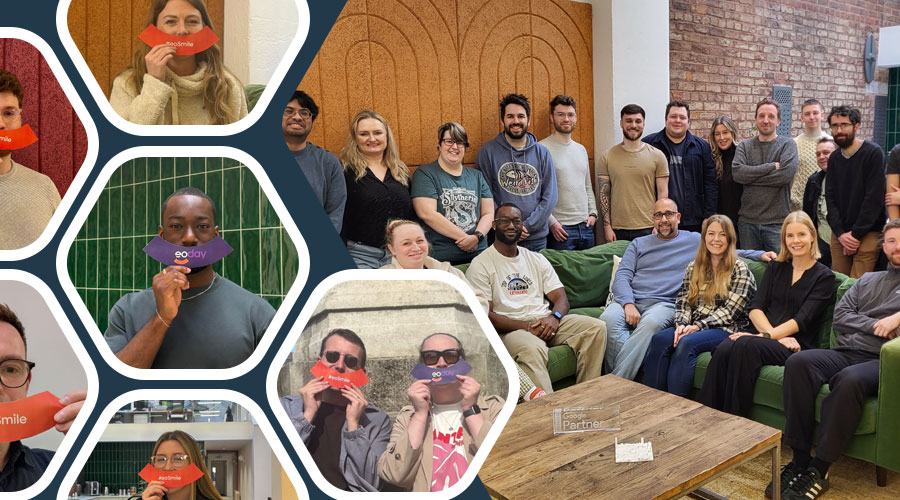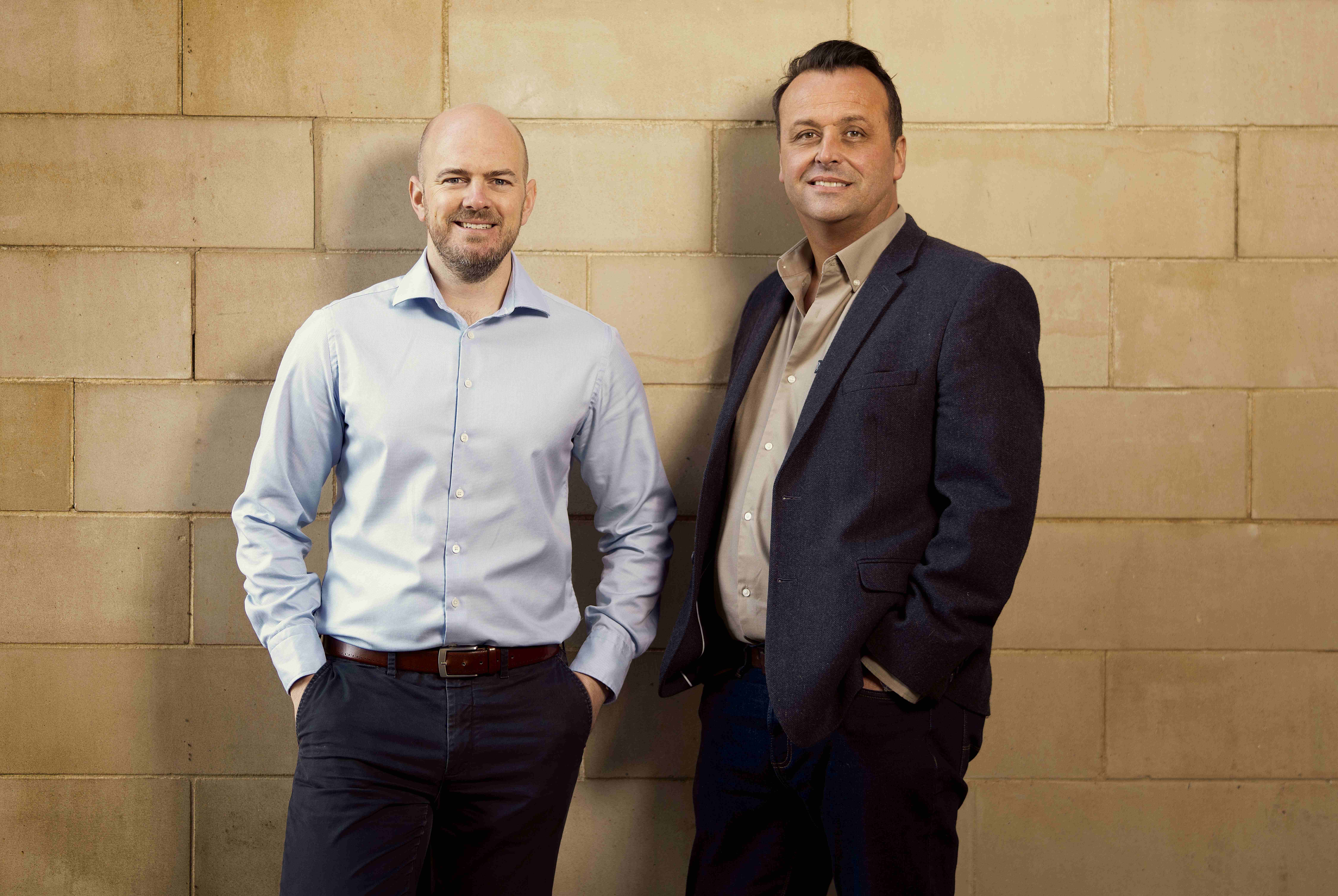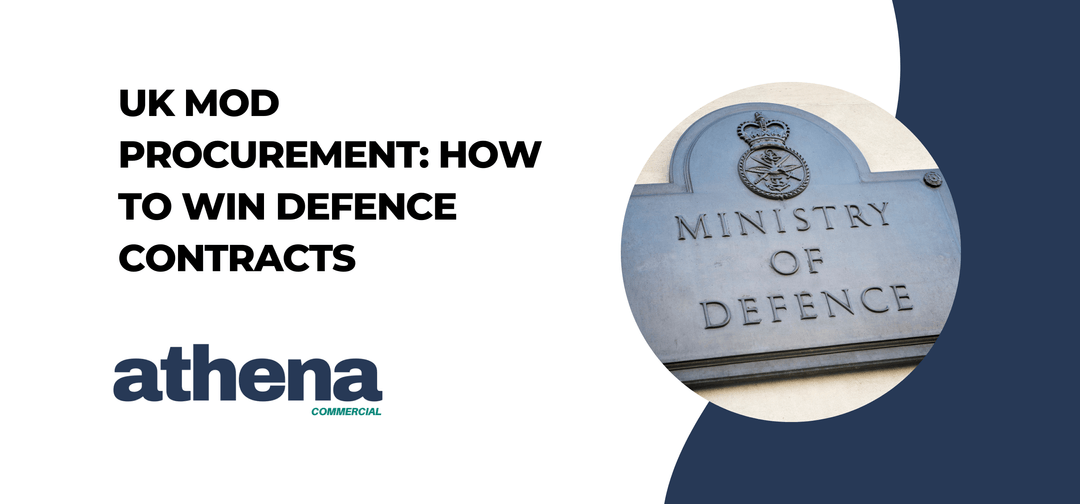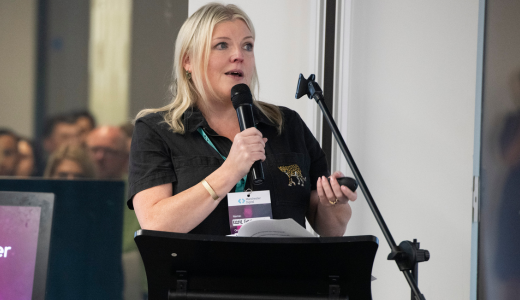
Most creative agencies will price their services using an hourly or daily rate. This is so prevalent in the industry that we will often be asked by clients for our hourly rate, on the assumption that this is how we bill for our work.
We can understand why clients expect this – it provides a simple way to compare pricing across multiple providers, and gives predictability with expenditure.
Or does it?
Comparing two agencies
Let’s say Agency A charge £100 per hour for their services, and Agency B charge £200 per hour. Which is better value for money?
It is tempting to think that Agency A is much better value for money here, since they charge half as much for their services.
But will Agency A and Agency B both take the exact same number of hours to deliver the same outcome? Is it possible to know? Is it realistic to assume that they will?
Let’s say Agency A takes 4 hours to deliver something that Agency B takes 1 hour to deliver. Even though Agency A’s hourly rate is half, they still work out double the cost of Agency B for this piece of work (£400 vs £200).
While this is admittedly a contrived example, it is not at all uncommon – more competent agencies will, by definition, both charge more and require fewer hours to deliver outcomes.
So, you might argue that comparing hourly rates is meaningless, without also knowing the the total number of hours required for a piece of work.
So how do you know how many hours are required?
How long is a piece of string?
If you’ve ever tried to predict the future, you may know it’s pretty difficult.
Certainly, agencies that deliver the same project 5 times in a row should be able to predict with relative confidence how long it will take the 6th time round.
However, for bespoke agencies like us, where every project is different to the last, predicting how long things will take becomes more challenging.
For this reason, going into any bespoke project brings with it a level of risk, since there are so many moving parts it means nobody can know with absolute certainty how the project will play out.
Hourly rates are meaningless
Let’s say Agency C have a fixed hourly rate, and they estimate a piece of work will take 100 hours to deliver. In the end, the work takes 120 hours to deliver instead.
When agencies exceed their original estimates, they have two options:
- Bill for the extra 20 hours, meaning the cost to the client increases without any change in what is being delivered.
- Don’t bill any extra, absorb the cost of the extra 20 hours, and try to estimate better next time.
With the first option, what is the point of knowing the hourly rate and the number of hours up front, if the overall price can arbitrarily change later? With the second option, the agency are now just offering a fixed price, so what is the point of presenting it as an hourly rate in the first place?
In both cases, again, the hourly rate is meaningless as a way to measure the cost of a piece of work. The only way to really measure the cost is to know the final amount up front.
In addition, both of these options result in an unfair distribution of risk – option 1 leaves the risk entirely with the client, and option 2 entirely with the agency.
Fixed price for a fixed outcome
So, hourly rates are meaningless both as a way to compare agency prices, and as a way to measure the cost for deliverables. So what is a better method?
We work using a fixed price for a fixed outcome policy.
Clients sign off a clear scope of work up front, with the understanding that any additions, extras or deviations will be billed extra.
Huddle provides a fixed total price, with the promise that this won’t change unless the scope of work changes.
The price is influenced by a number of factors, including both an estimate of the amount of work involved and an estimate of the value of the work to the client. Pricing in this way makes Huddle inherently motivated to deliver outcomes that are both delivered efficiently for us and high value to the client.
Best for both parties
"When we needed a new website, Tom’s straightforward and engaging style helped us work out what we really needed.
Rarely are such projects on time and in budget – ours was both."
Andrew Harvey, European Marketing Confederation
The benefits to the client are numerous:
- A clear idea of price and associated outcome
- Predictability of spend and ability to plan budgets reliably
- Don’t need to be concerned with timesheets or hours spent
Not to mention why Huddle prefer working in this way:
- We get predictable revenue and cashflow
- No need for us to formally log hours, leaving more time to deliver value
- We are motivated to deliver work faster and more efficiently, knowing it won’t mean that we charge less for our increased efforts
Stronger client partnerships
Given that both sides are agreeing something fixed up front (fixed price, fixed scope of work) the risk is shared equally.
Rather than giving clients the illusion of certainty in the form of an hourly rate, we give actual certainty in the form of a truly fixed price for fixed outcome.
We have worked in this way for over 5 years, after we ditched the hourly rates years ago.
Ever since doing so, not only have our client relationships been stronger, but we are more driven than ever to deliver more valuable and higher quality outcomes more efficiently.







